Airtel Uganda Revenue hits UGX 1.07 trillion as net profit rises to UGX 197.2 billion in H1 2025
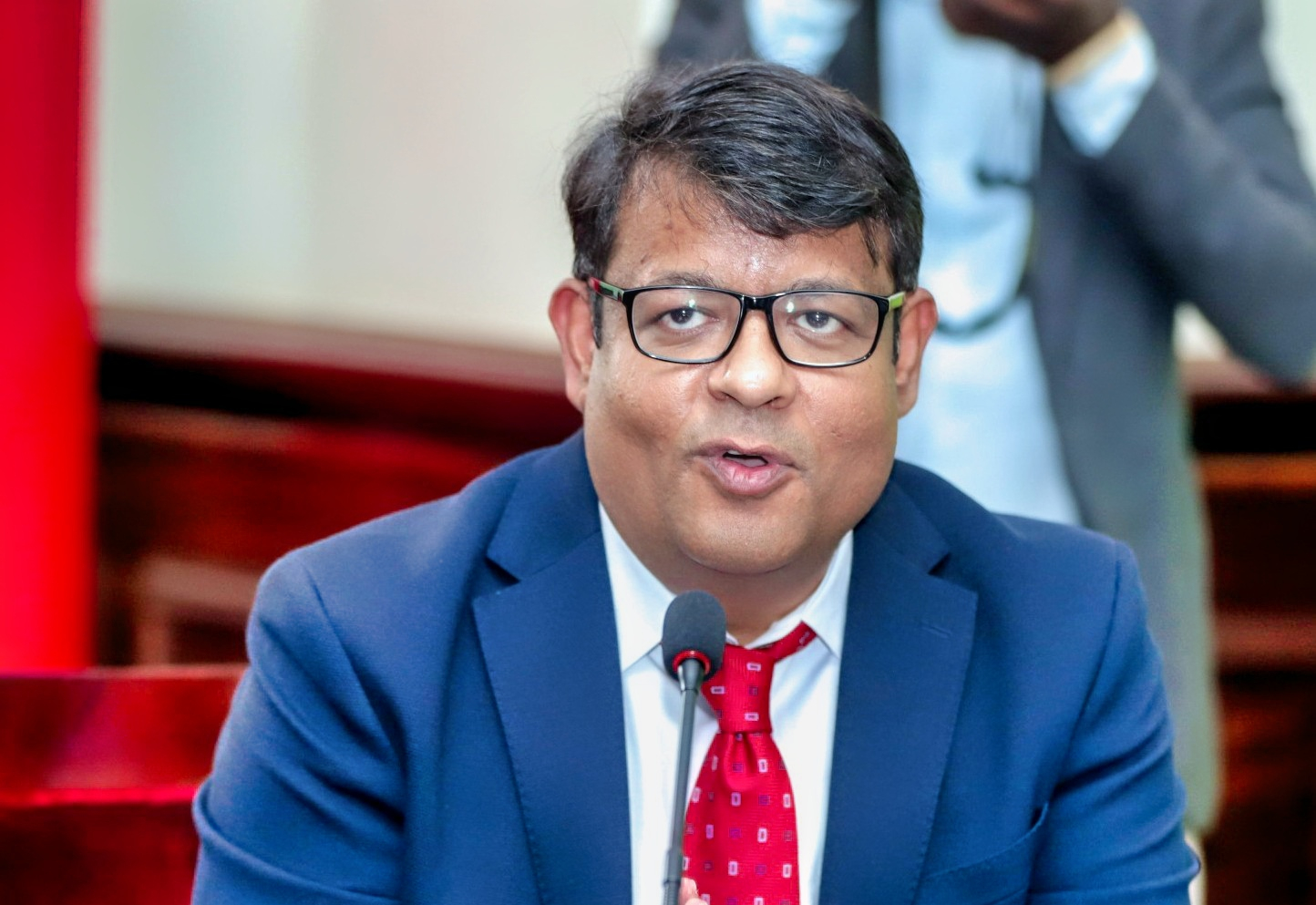
Airtel Uganda closed the first half of 2025 with another step up in scale and profitability, as data demand propelled revenue growth and a strong lift in earnings.
Reported revenue rose to UGX 1.077 trillion from UGX 960 billion a year earlier with the same period; operating profit increased to UGX 379.5 billion; profit before tax to UGX 282.7 billion; and net profit to UGX 197.2 billion.
Behind those headline numbers is a clear story: mobile data is doing the heavy lifting. Airtel reports data revenue up 30.4%, supported by a 25.9% jump in data users and a 22.7% rise in average usage per subscriber.
Overall data traffic surged 57.4%, a reflection of both network investment and wider smartphone adoption. The company points to device-financing partnerships, broader distribution and the MyAirtel app’s growing engagement as catalysts.
Costs are being managed, but not all lines are benign. Depreciation and amortisation crept higher with continued capex, while finance costs climbed to UGX 111.7bn from UGX 84.5bn, partly offset by stronger finance income.
The step up in interest expense, if sustained, could pressure future earnings momentum even as the core business scales.
Cash generation held up.
Net cash from operating activities reached UGX 429.2bn (from UGX 417.7bn), cushioning higher distributions and lease payments.
Investing outflows eased to UGX 98.3bn, while financing cash outflows were UGX 279.3bn after paying UGX 174.0bn in dividends during the half.
The period ended with a positive net movement in cash of UGX 51.6bn, yet the cash and cash equivalents line remained negative at UGX (300.1)bn, signalling reliance on overdraft/short-term facilities.
On shareholder returns, the board declared UGX 100bn (UGX 2.50 per share) for the quarter ended 30 June 2025, bringing H1 declarations to UGX 174bn (UGX 4.35 per share)—a confident signal, but one that competes with de-leveraging and network investment for cash.
The balance sheet underlines two watch-items: leases and near-term debt. Non-current lease liabilities stood at UGX 1.06 trillion, while current borrowings rose to UGX 522.9bn as non-current borrowings declined to UGX 169.1bn, shifting the maturity profile toward the short end and raising refinancing sensitivity.
Total assets were UGX 2.62 trillion and equity UGX 165.8bn at period-end.
Investment has continued, but with discipline. Airtel booked UGX 87.8bn in capex in H1, added 176 new 4G sites over the past year, lifted 4G population coverage to 91.5%, and extended fibre by 1,793 km to support backhaul and fixed-wireless growth.
The distribution footprint remains extensive with 60k+ SIM outlets, 97 company-owned and 2.5k+ franchise service centres—and the company highlights Africa’s first network-embedded AI “SPAM ALERT” to combat SMS fraud.
A benign macro backdrop helped. Inflation averaged 3.6% in H1, the shilling appreciated 2.4% year-to-date, and the policy rate held at 9.75%—tailwinds for consumer purchasing power and input costs.
Two caveats round out the explainer. First, the combination of higher finance costs, a short-dated debt mix, and large lease obligations means Airtel’s funding costs and liquidity management will matter as much as its commercial momentum in the second half.
Second, while cash generation is robust, the negative cash-and-equivalents position implies continued dependence on short term facilities; sustained working capital discipline will be key.
Share this content:
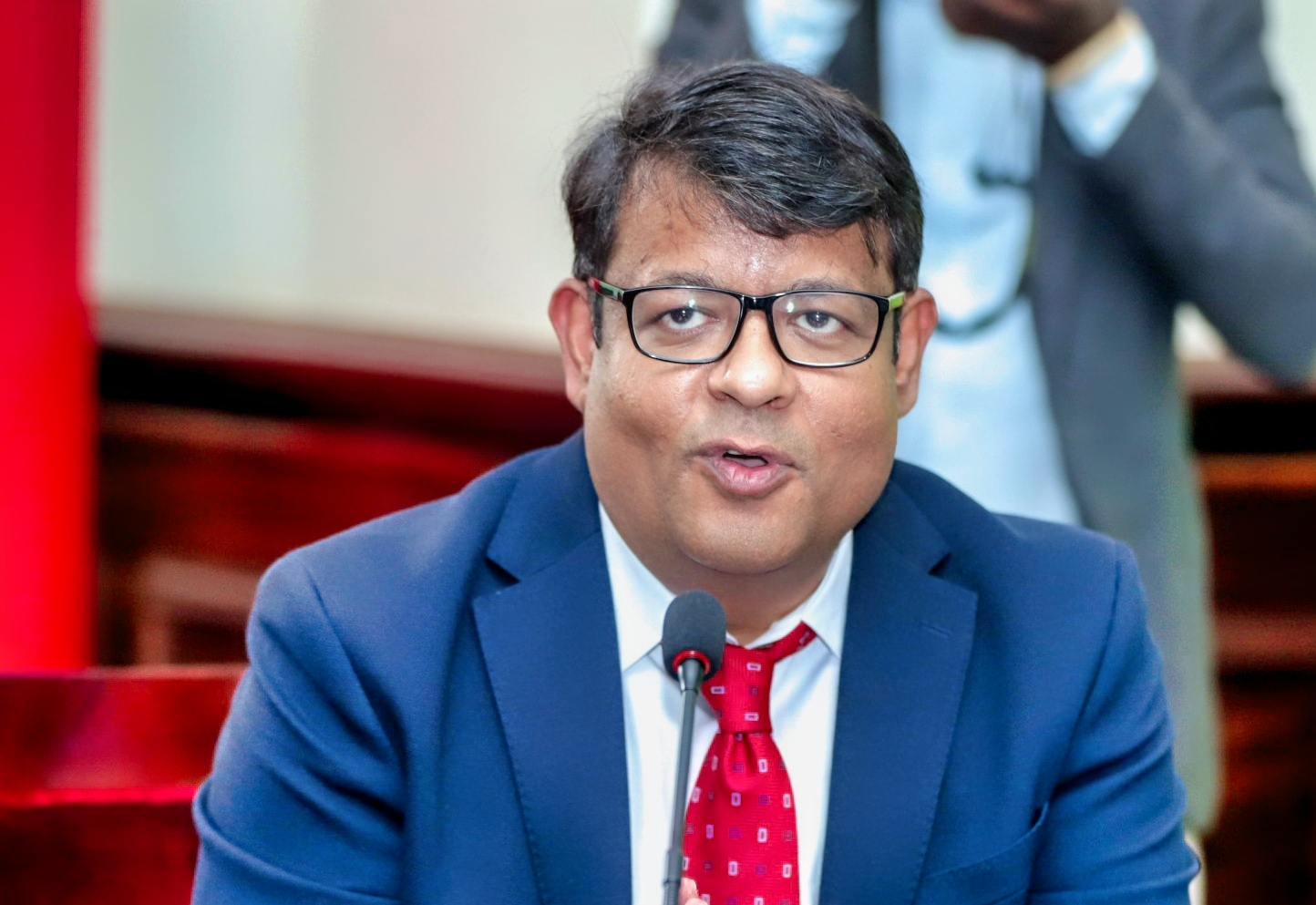
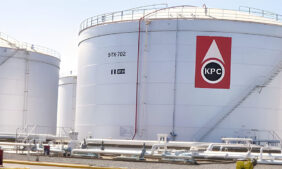 Can Uganda Gain from Kenya’s Pipeline IPO?
Can Uganda Gain from Kenya’s Pipeline IPO?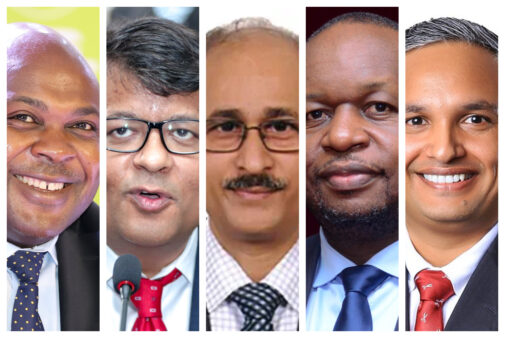
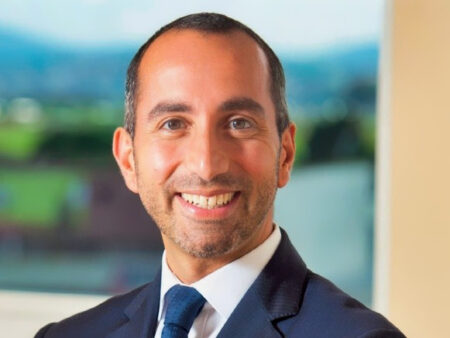
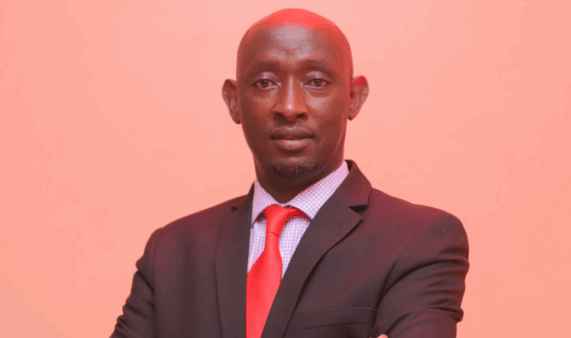

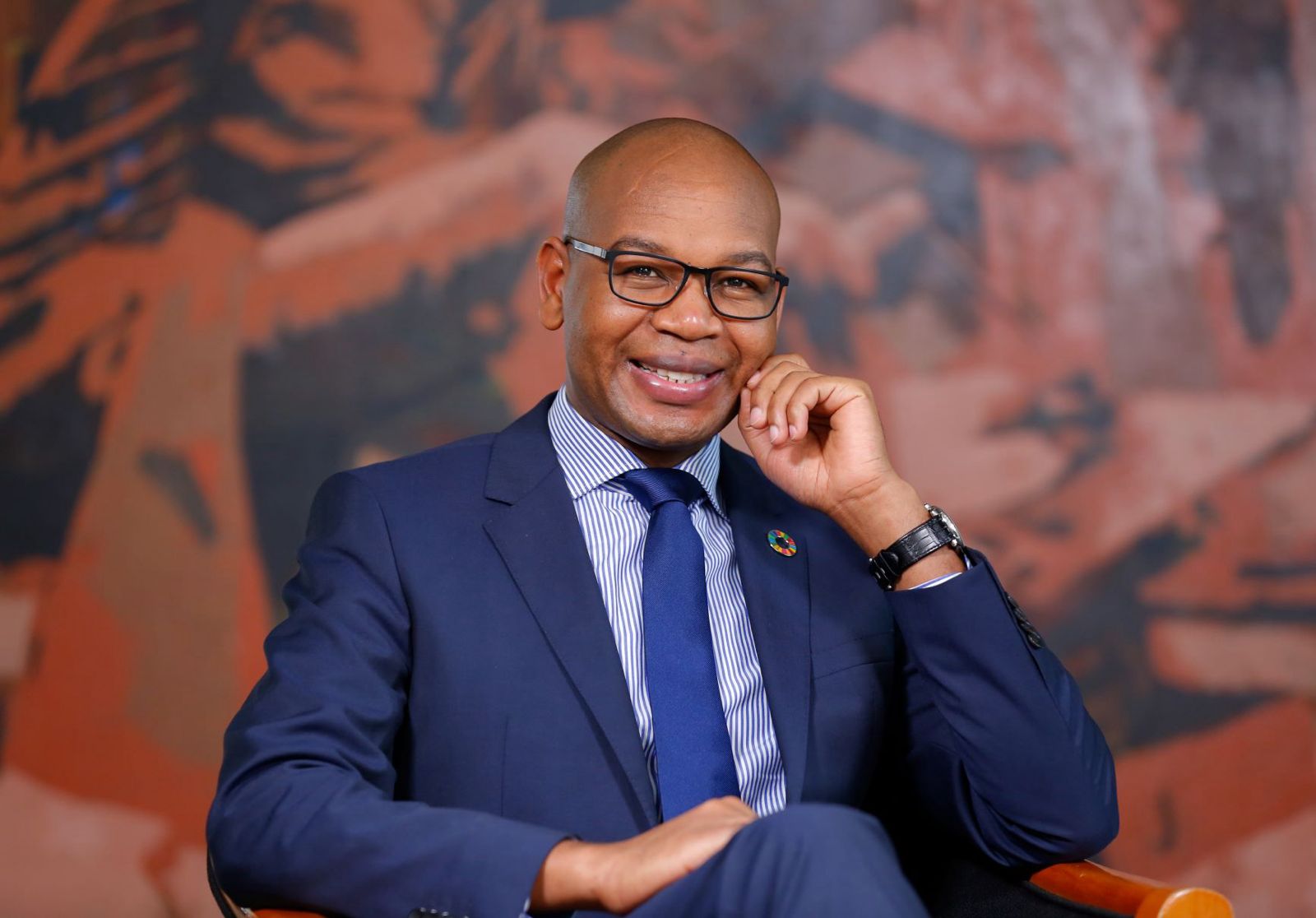
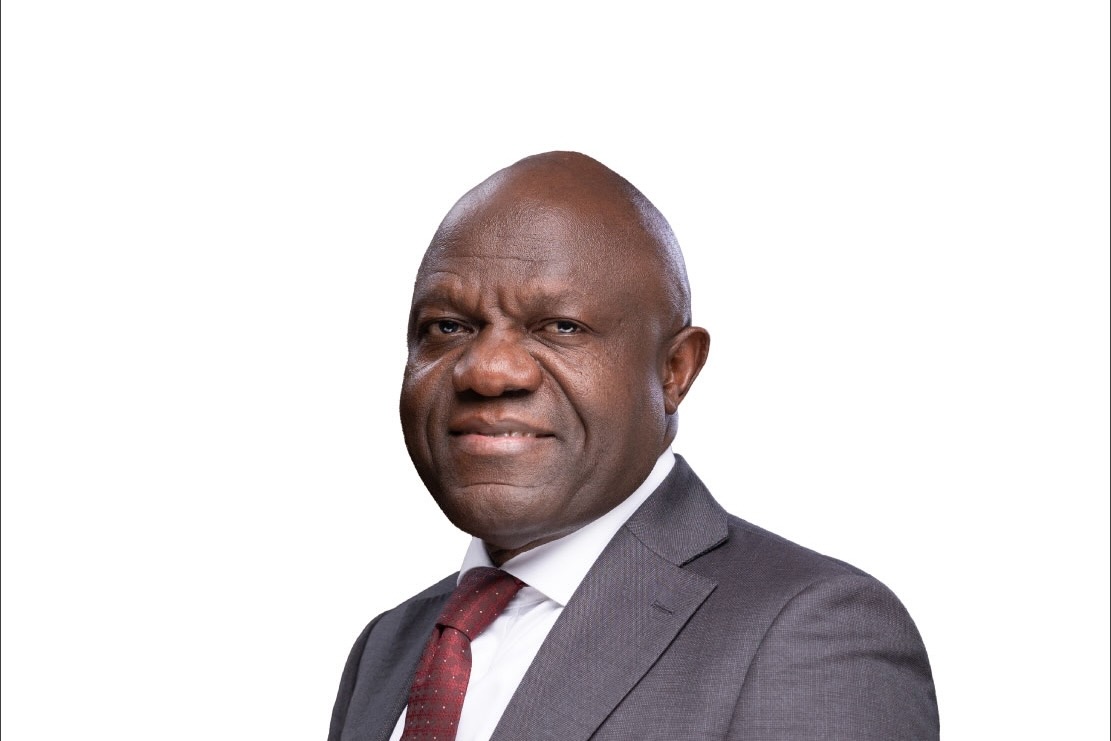
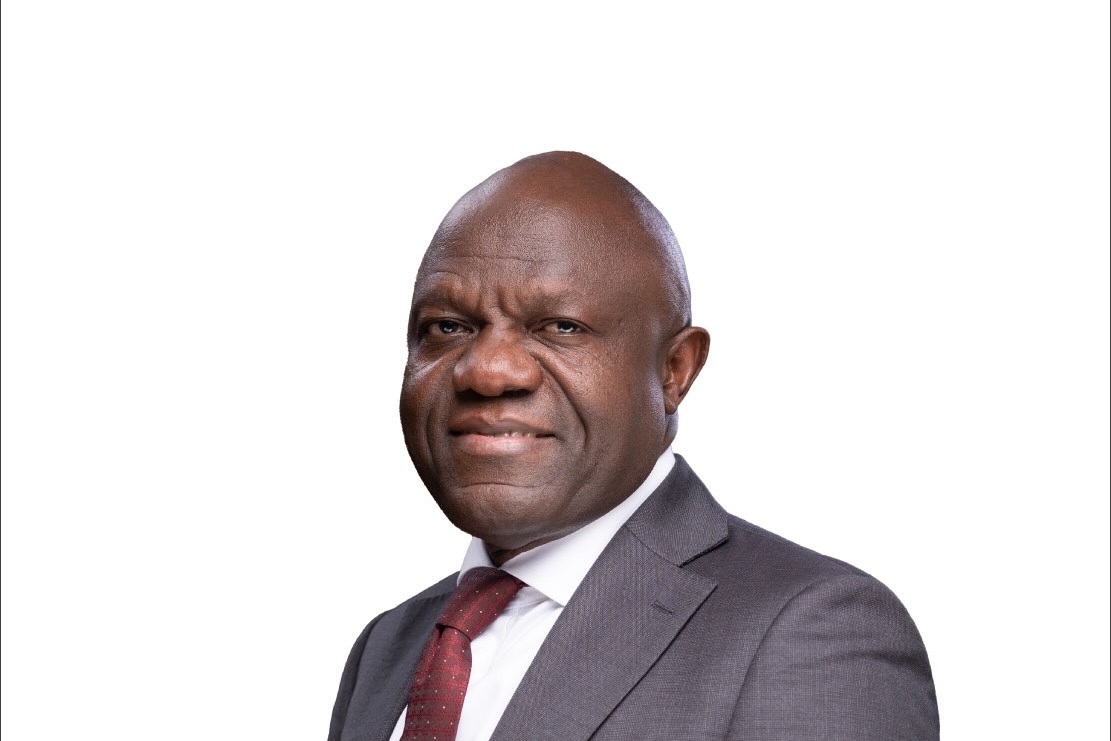

Post Comment